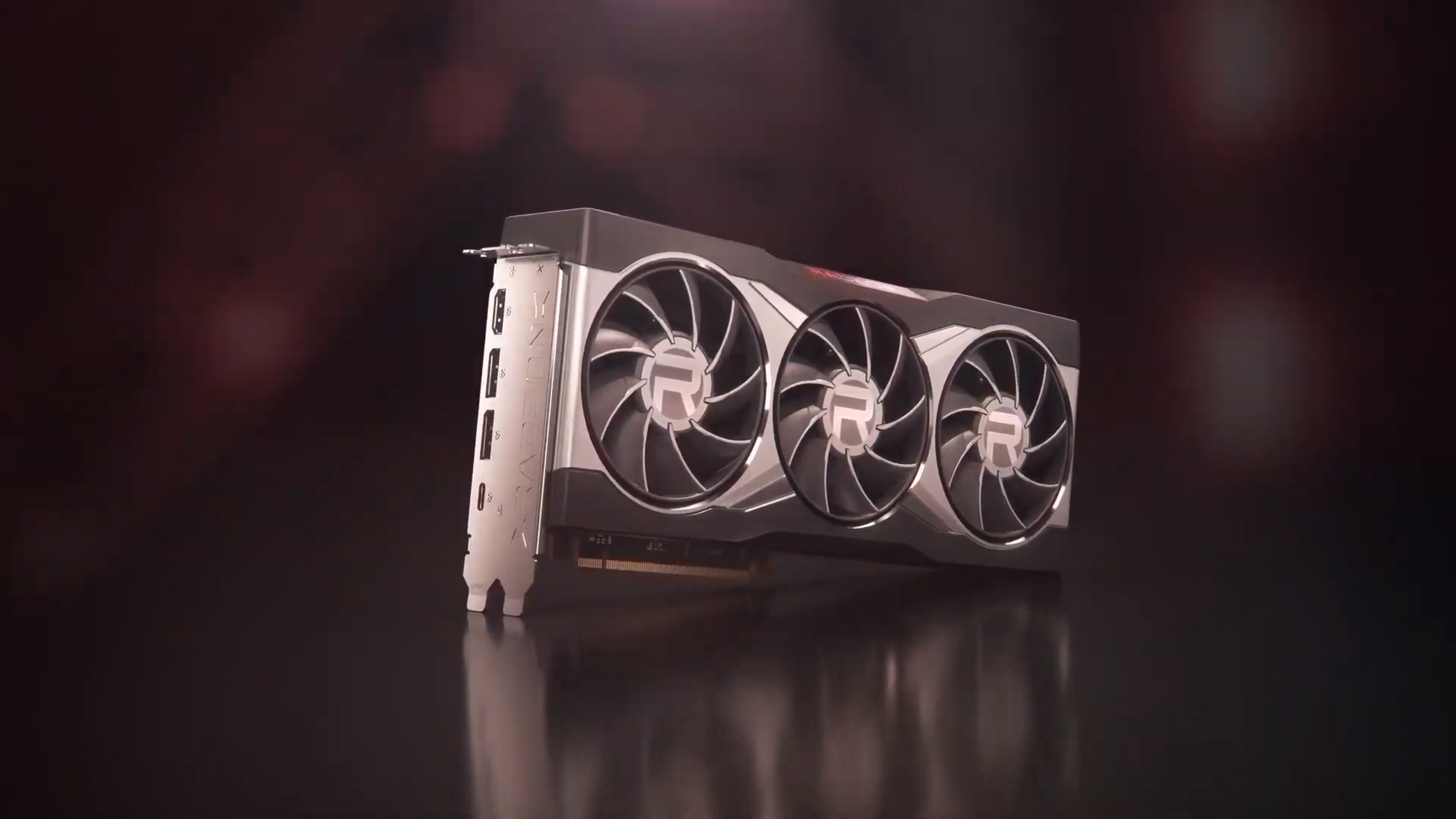AMD Radeon RX 6800 XT GPU price in India announced
It beats the Nvidia RTX 3080

Following the India price reveal of the AMD Radeon RX 6800 GPU, the company has now come up with the price of the Radeon RX 6800 XT GPU. The AMD Radeon RX 6800 XT GPU directly competes with the Nvidia GeForce RTX 3080 GPU.
After years of Team Red only serving the mid-to-low end of the graphics card market, sees the company's return to the ranks of the best graphics cards on the market. However, like we wrote in our review of the AMD Radeon RX 6800 XT, hot on the release of the Nvidia GeForce RTX 3080, AMD has a much harder fight on its hands this time around.
The India pricing has been announced in a tweet from the official AMD India handle. The AMD Radeon RX 6800 XT GPU has been priced at Rs 64,990 in India compared to the Rs 71,000 pricing of the Nvidia GeForce RTX 3080.
What kind of sours this price point for the AMD Radeon RX 6800 XT, is the lower end RX 6800, which is just a tad slower, but comes at a lower Rs 45,999 price tag. You're paying almost 30% more for a graphics card that is between 5-10% faster – that math doesn't add up. This makes it hard to recommend the Radeon RX 6800 XT from a sheer value perspective.
The moment you have been waiting for, SEP for the @AMD @Radeon RX 6800 XT.It is time to #GameonAMD. pic.twitter.com/Ug7uPN3vvUNovember 25, 2020
Features and chipset
The AMD Radeon RX 6800 XT is based on Team Red's RDNA 2 graphics architecture, which is still based on a 7nm (nanometer) manufacturing process. Rather than shrinking the dye, AMD has worked in some new features and boosted efficiency, which makes these graphics cards way more powerful than their predecessors.
The biggest of these is the new Infinity Cache, which is crucial when you consider that the Radeon RX 6800 XT is using 16GB of GDDR6 memory, rather than the GDDR6X memory found on the Nvidia GeForce RTX 3080 and RTX 3090.
The Infinity Cache is basically 128MB of global cache, which AMD asserts is 3.25x faster than GDDR6 VRAM on a 256-bit bus. This helps feed data from the larger 16GB VRAM pool to the GPU, and this combination of speedy cache and GDDR6 memory results in 2.4x more bandwidth per watt than the VRAM would be able to achieve on its own. This helps narrow the gap that AMD would otherwise experience when going against the GDDR6X memory in flagship-class Nvidia cards.
Sign up for breaking news, reviews, opinion, top tech deals, and more.

Hardcore gamer, gadget enthusiast & cinema buff | Gaming, tech correspondent & reviewer at TechRadar